Category: Pinscher
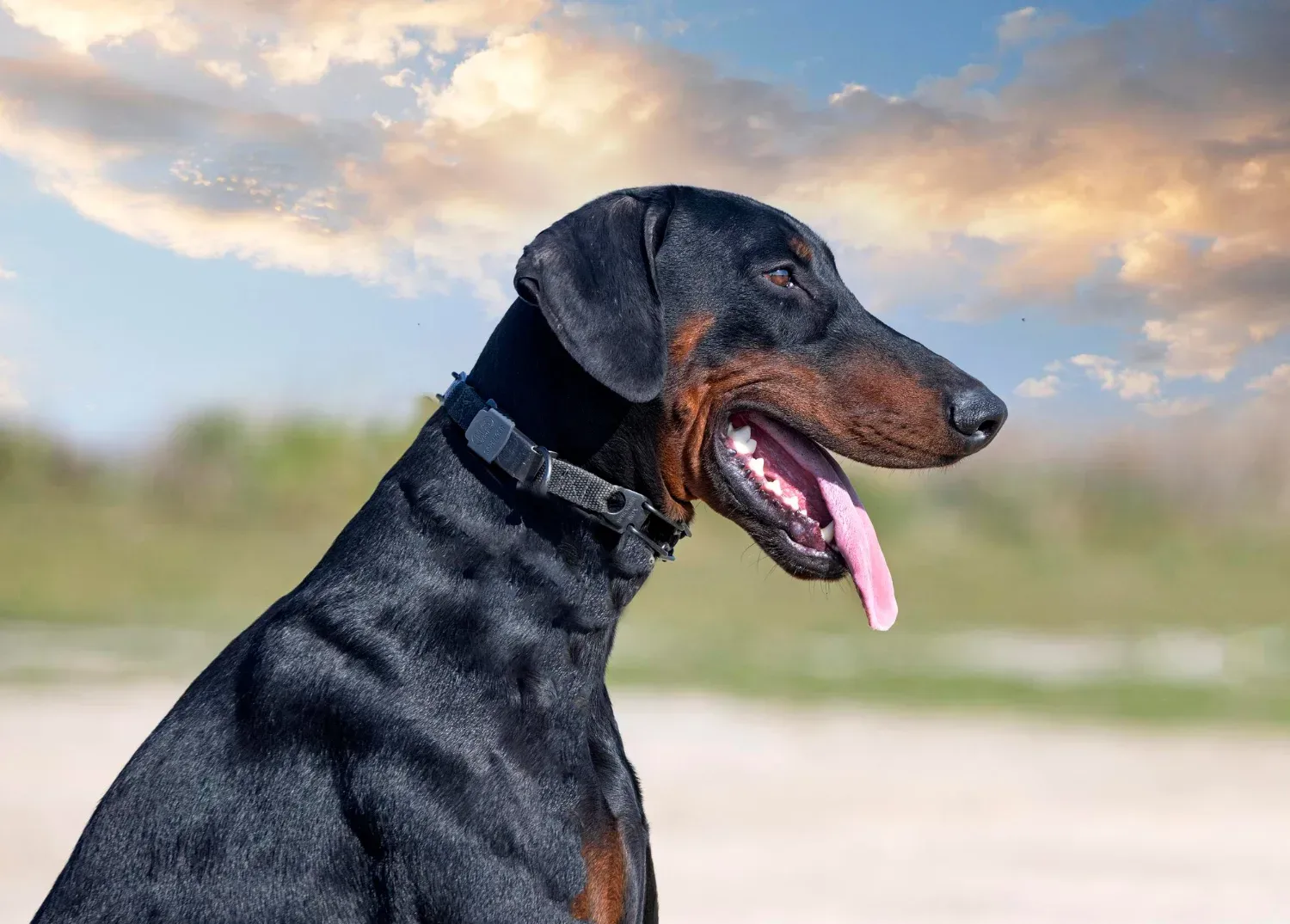
Special temperament female doberman pinscher
If you are considering purchasing a female Doberman Pinscher, there are a few traits that you should be aware of. These traits include: being less territorial, being independent and less clumsy. This breed is also relatively easy to housebreak. These characteristics can make the breed a great choice for those who want a dog with…
Read More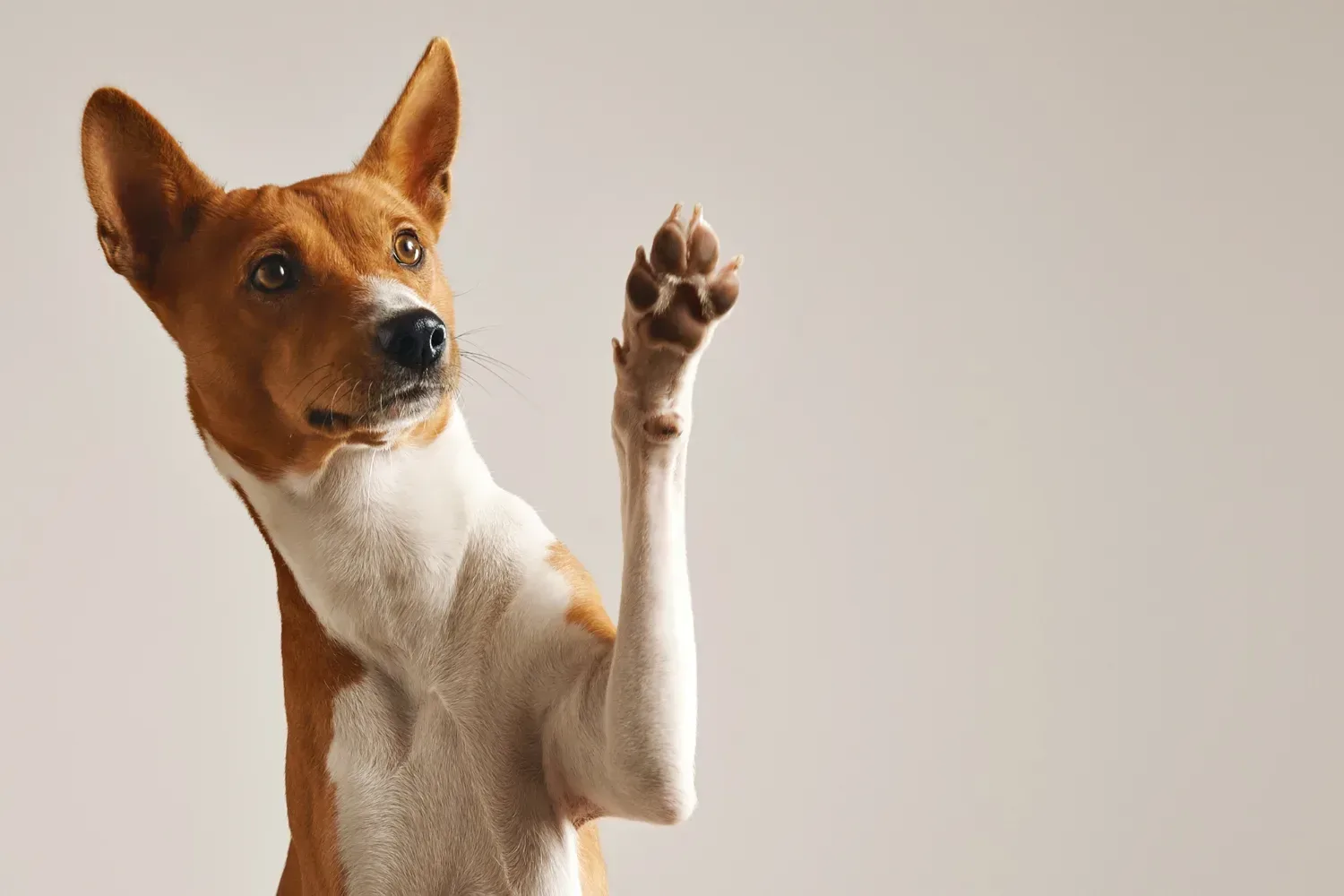
Miniature pinscher colors
The most common Miniature pinscher color is black, but there are several other color variations as well. These dogs have a unique coat pattern that makes them stand out from other breeds. To learn more about this breed’s history, read the following articles: Miniature pinscher coat colors, life expectancy, and origin story. In addition, you’ll…
Read More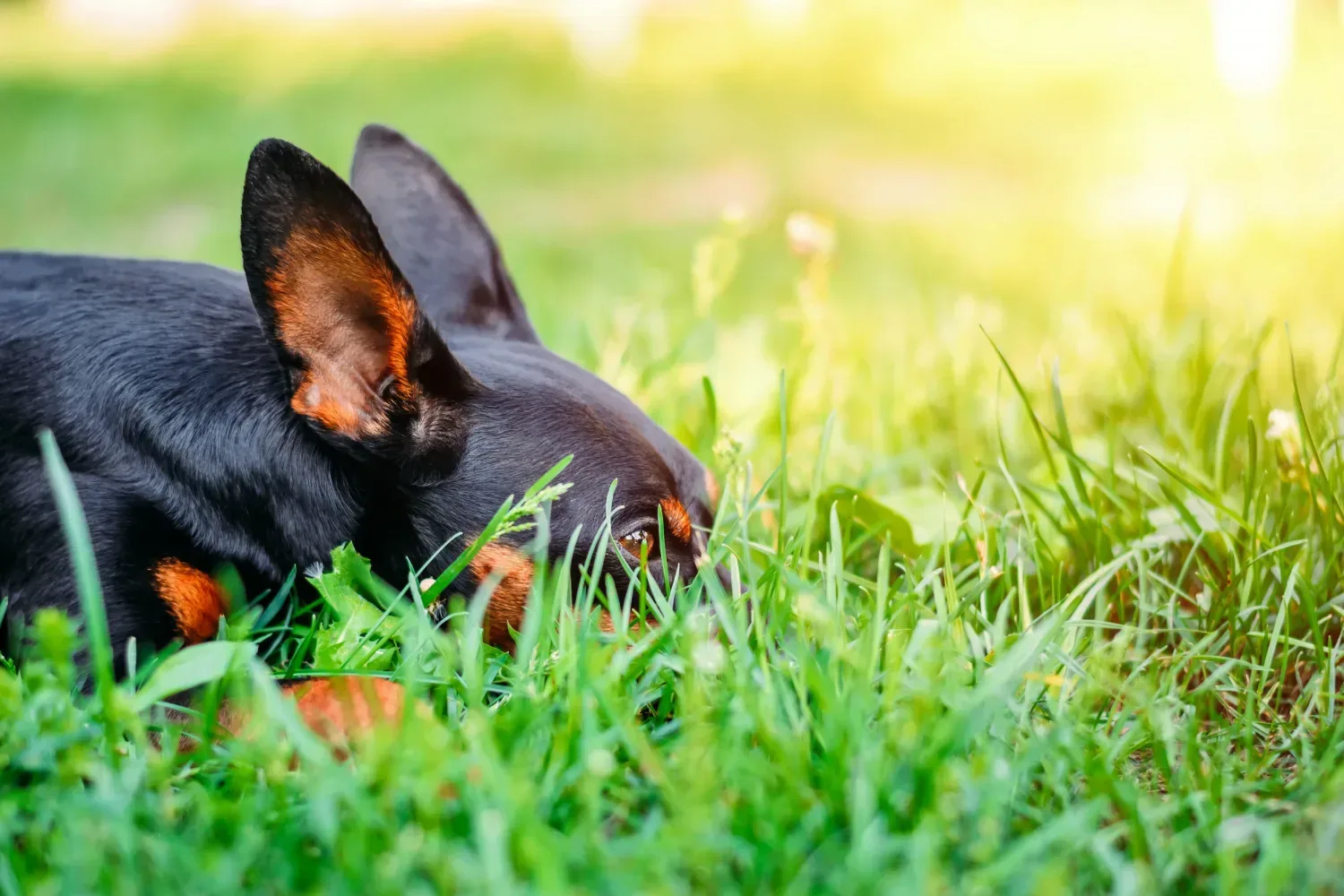
What is doberman pinscher club of america
Before purchasing a dog, it’s important to know what the Doberman Pinscher Club of America is all about. This club represents the interests of the breed and has a strong reputation in the dog community. A dog club will have a contract and code of ethics that will be helpful when choosing a breeder. Additionally,…
Read More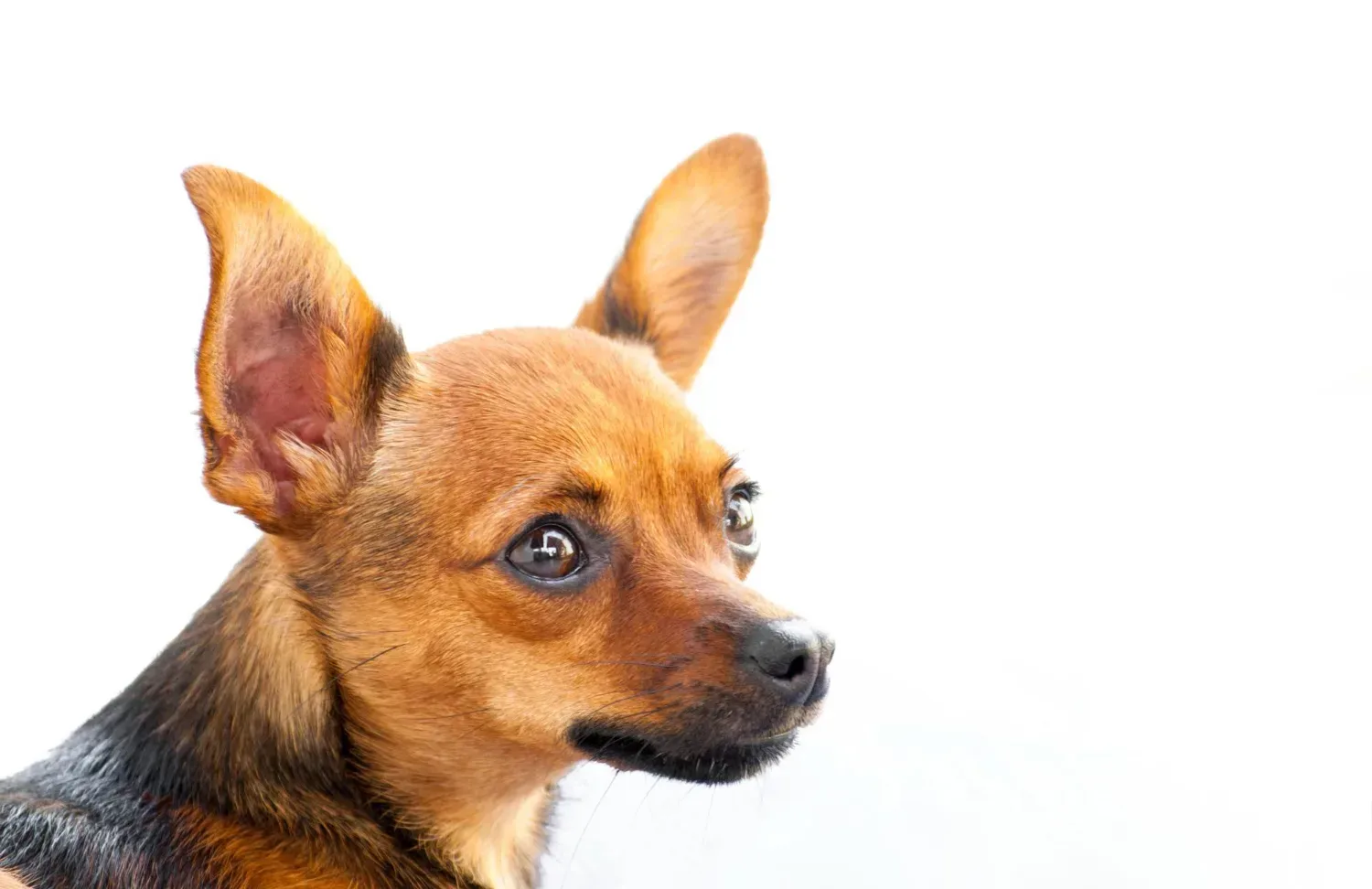
Miniature pinscher life expectancy
The life expectancy of a Miniature Pinscher varies. In general, they live for fifteen years. However, this does not mean that they have a short life span. Miniature Pinschers may be a little older than other breeds of dogs, so it’s best to check with your veterinarian to find out the most accurate life expectancy…
Read More
All about full grown miniature pinscher chihuahua mix
Before you adopt a full grown miniature pinscher chihuaua mix, you should learn more about the breed. This article outlines its characteristics, health issues, and care. You can also find out how to train this dog. Hopefully, this information will help you choose the best pet for you! Also, if you’re considering adopting a Chipin,…
Read More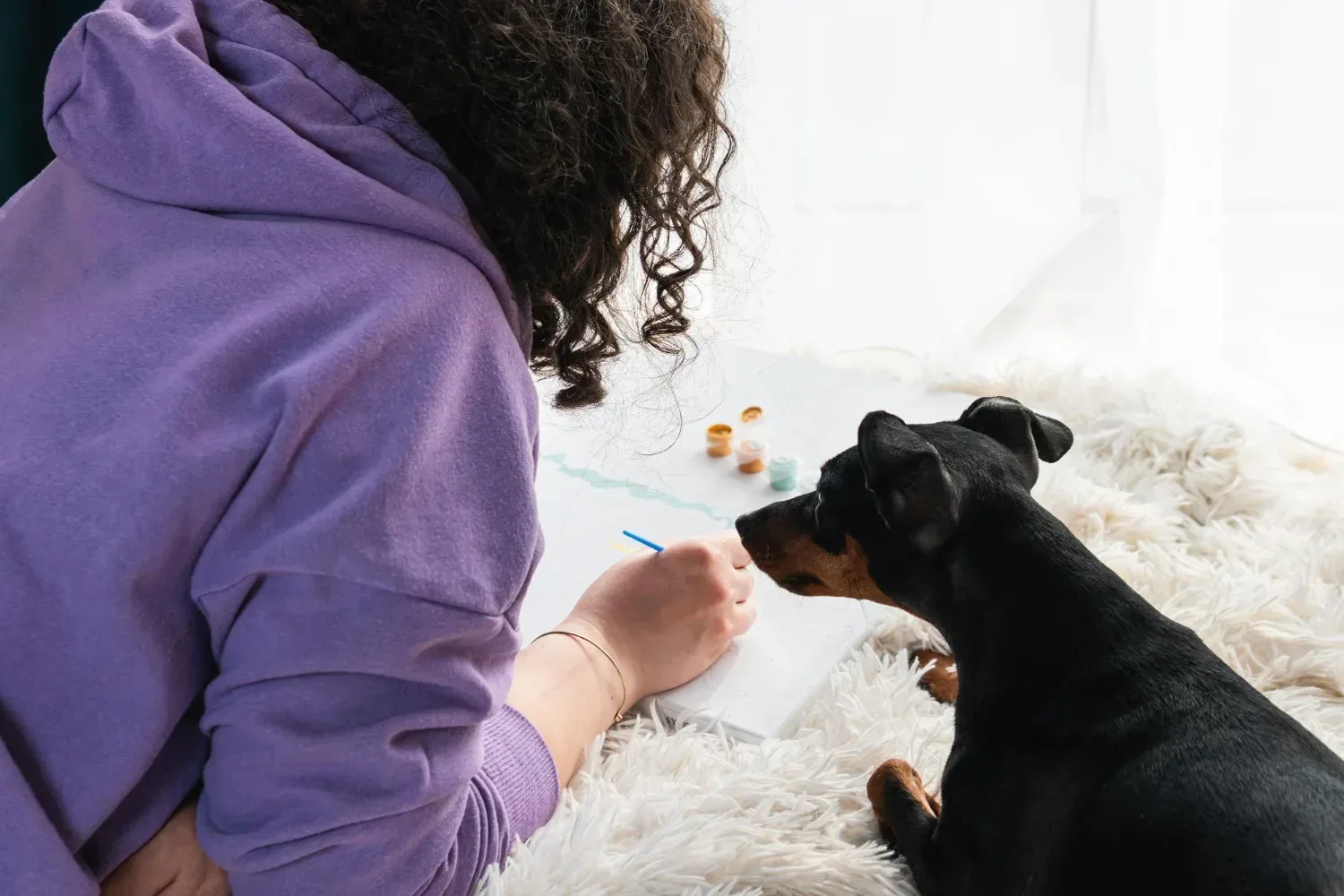
Doberman pinscher ears – all about
Doberman pinscher ears are somewhat like those of wild dogs. They are quite temperamental and prone to ear infections. In the United States, ear cropping is a common cosmetic surgery performed under general anesthesia. Generally, breeders perform this procedure when the puppies are still in their care. While it is not a popular procedure in…
Read More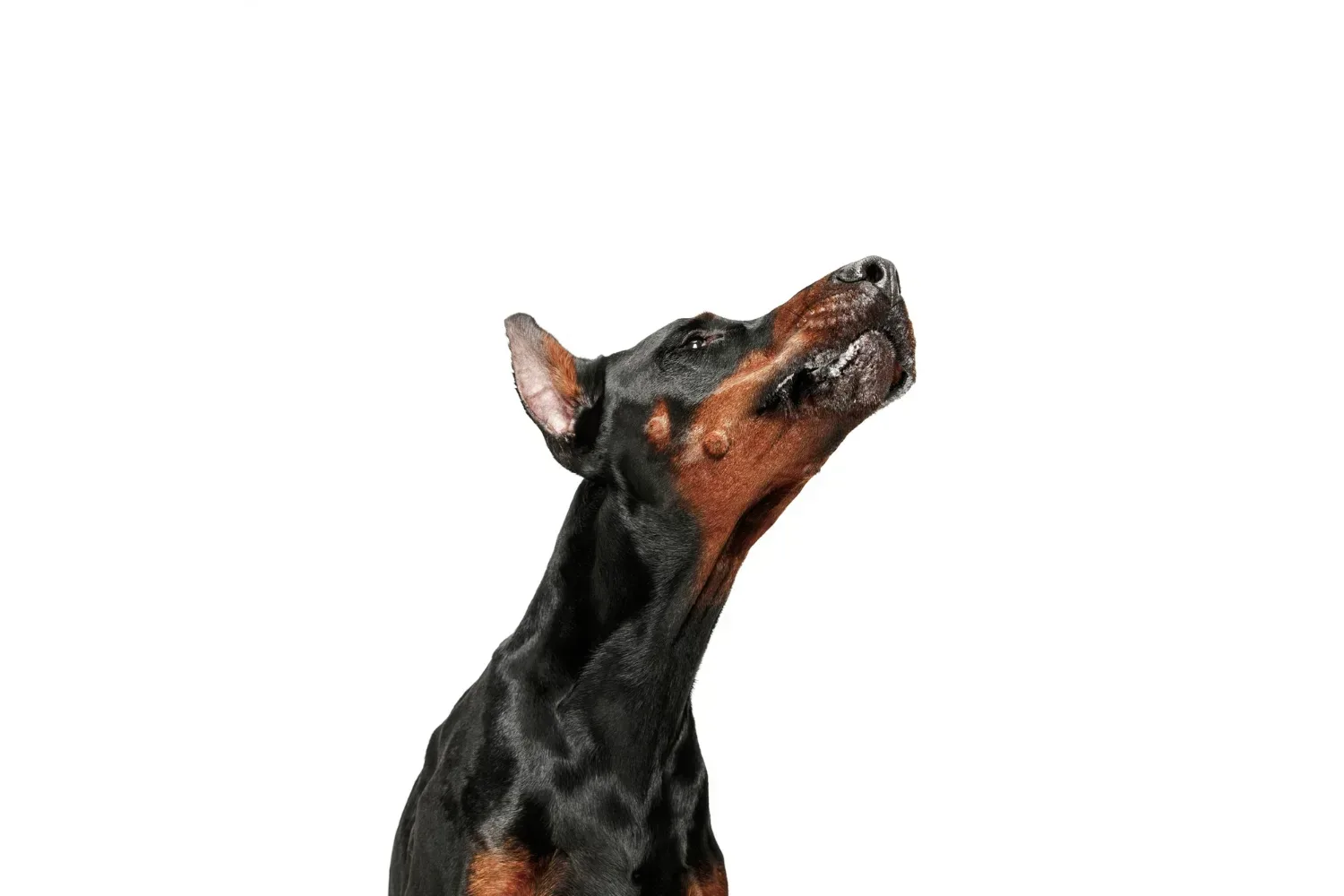
How to miniature pinscher adoption
Adopting a Miniature Pinscher In case you are considering adopting a Miniature Pincher, you might wonder how to prepare for this wonderful dog. The following article will address some of the most important topics that you should consider when you are considering adopting a miniature pinscher. Read on to learn about the breed, Temperament, health…
Read More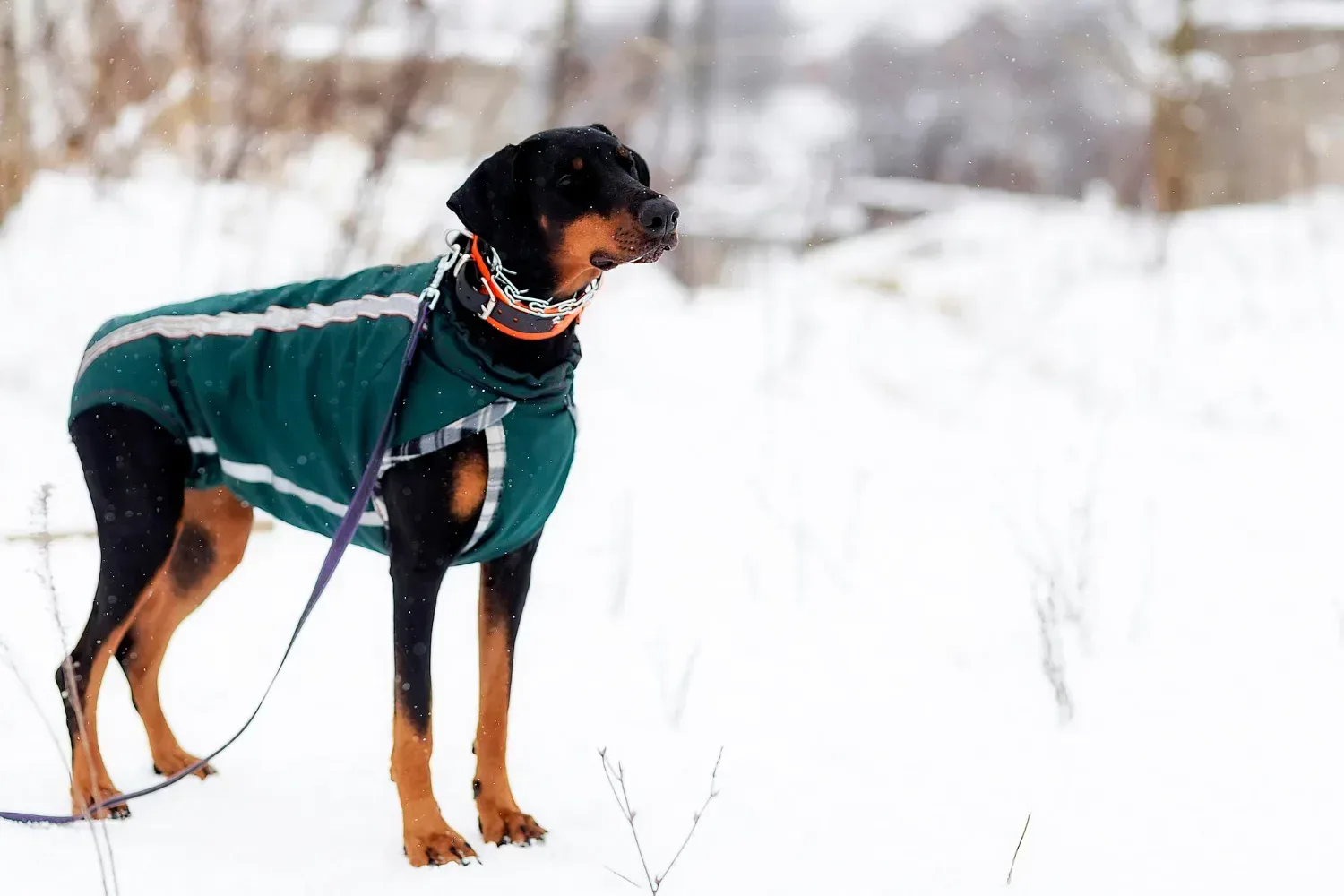
Miniature pinscher price and how to buy?
Miniature Pinscher Price and How to Buy? As the popularity of Miniature Pinschers grows, so does their cost. These adorable dogs can cost anywhere from $55 to $260 a year. The price of veterinary care, toys, and beds all add up. Besides toys, there are also other costs, including shampoo and poop bags. You may…
Read More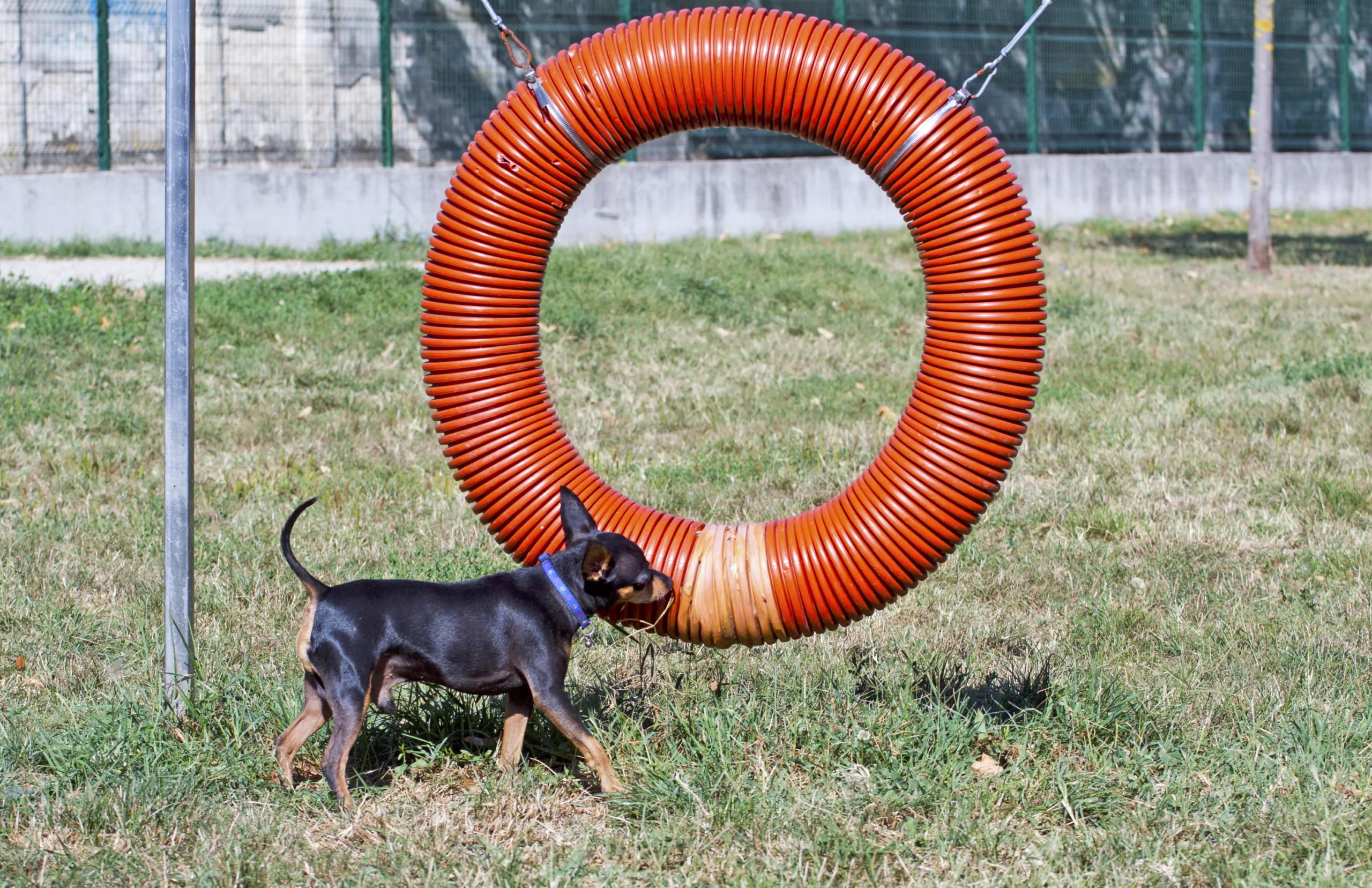
What is Austrian Pinscher?
The Austrian pinscher is one of the rarest breeds in the United States and Europe. They are recognized by the American Rare Breed Association and a handful of other breed clubs. Because of their rarity, you should do your research before getting one. Here are some tips: Diet The Austrian Pinscher needs a good balance…
Read More
Colours of doberman pinscher
Listed below are the different colours of Doberman pinscher. The most common are the black and rust colors. The rarest are the Isabella and white. Although they don’t have health problems, they are less common. Blue-ish gray, also known as Isabella, is also a type of black. Read on to learn more about each colour…
Read More